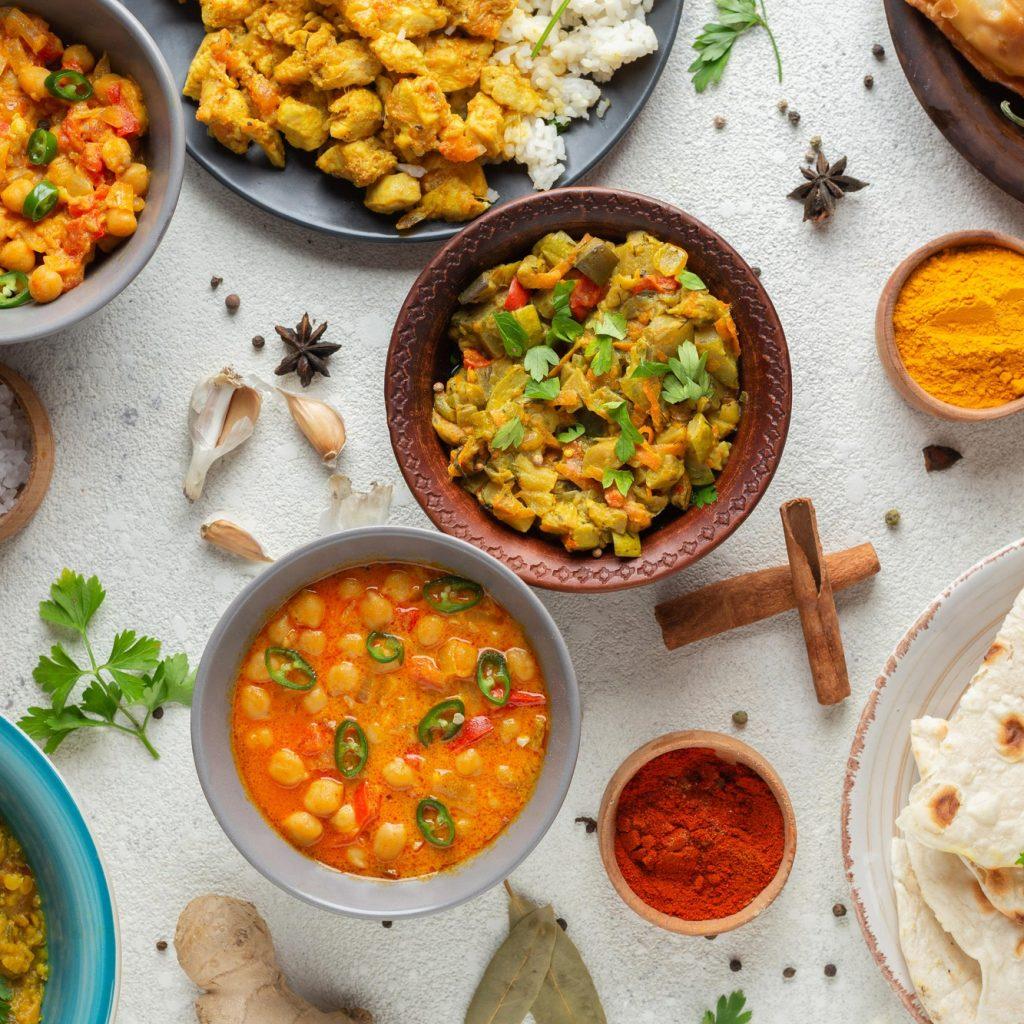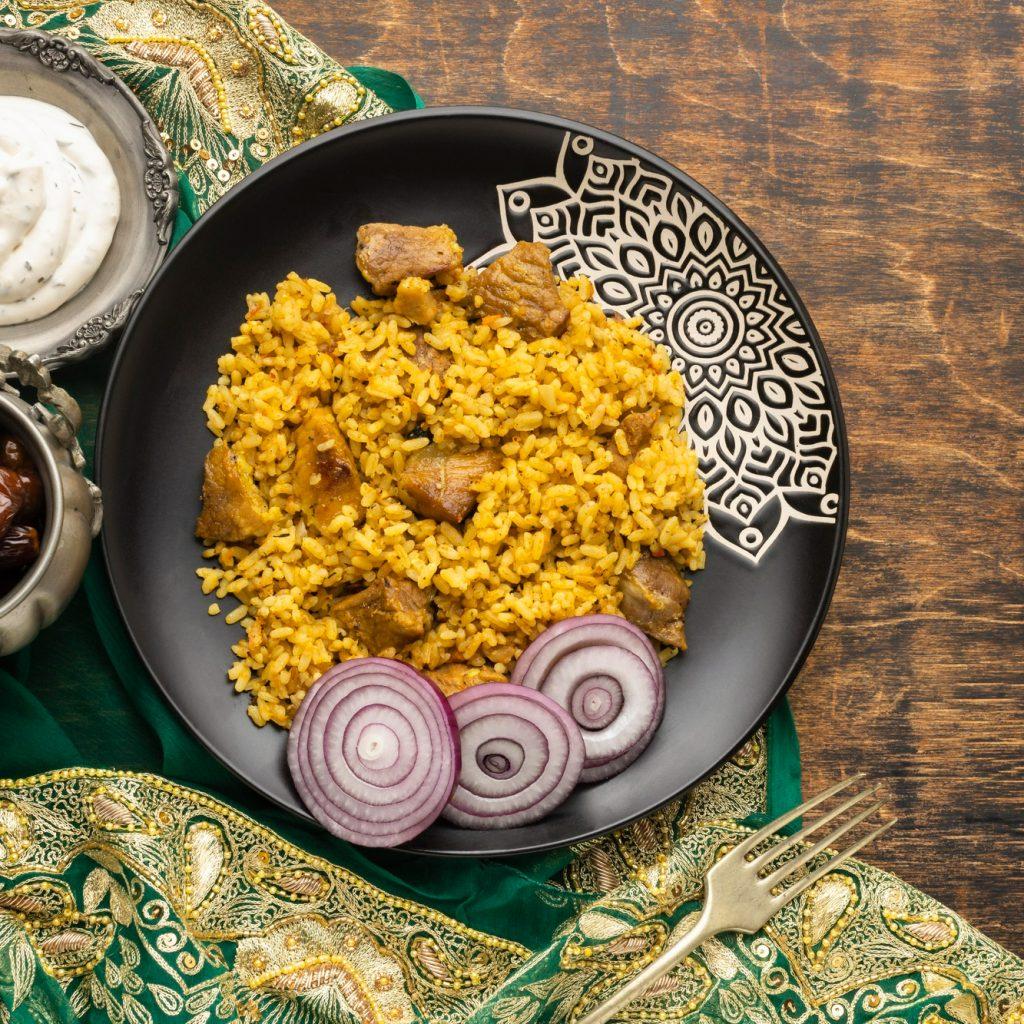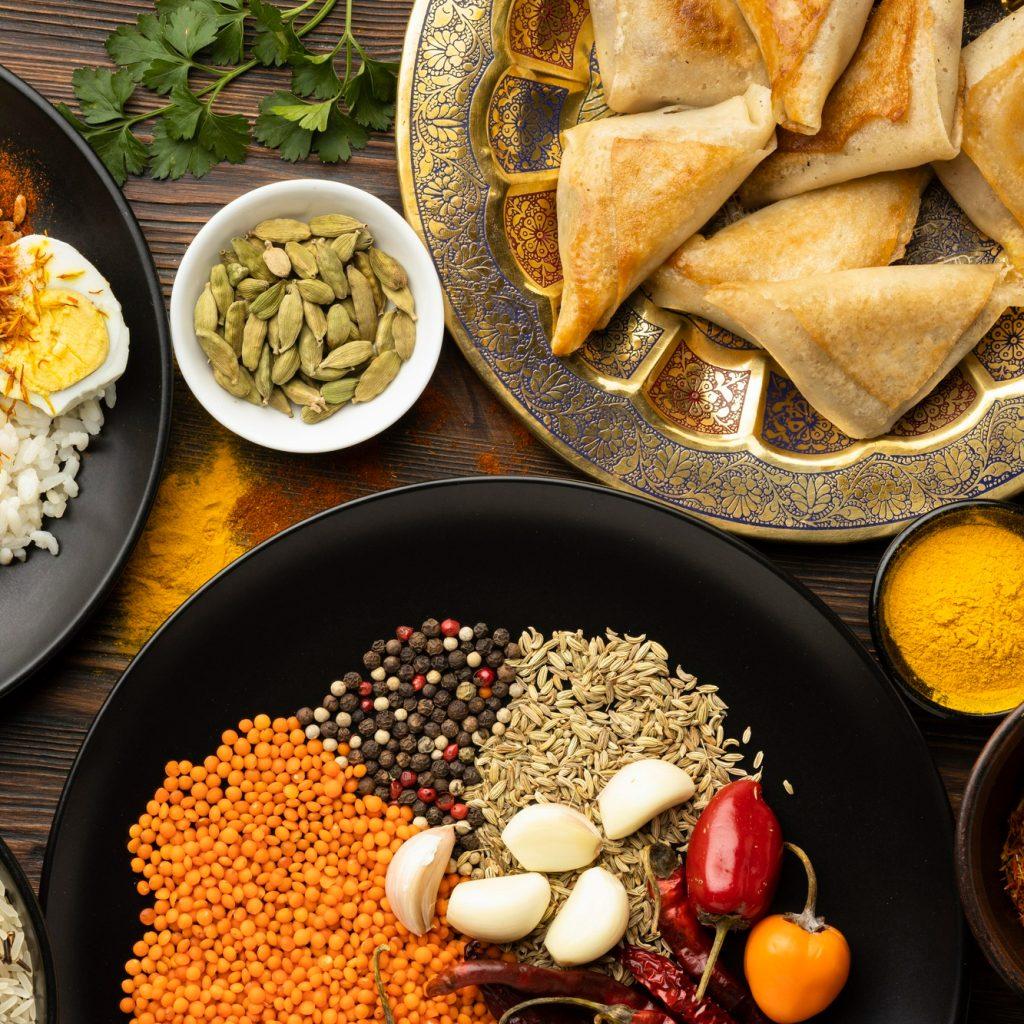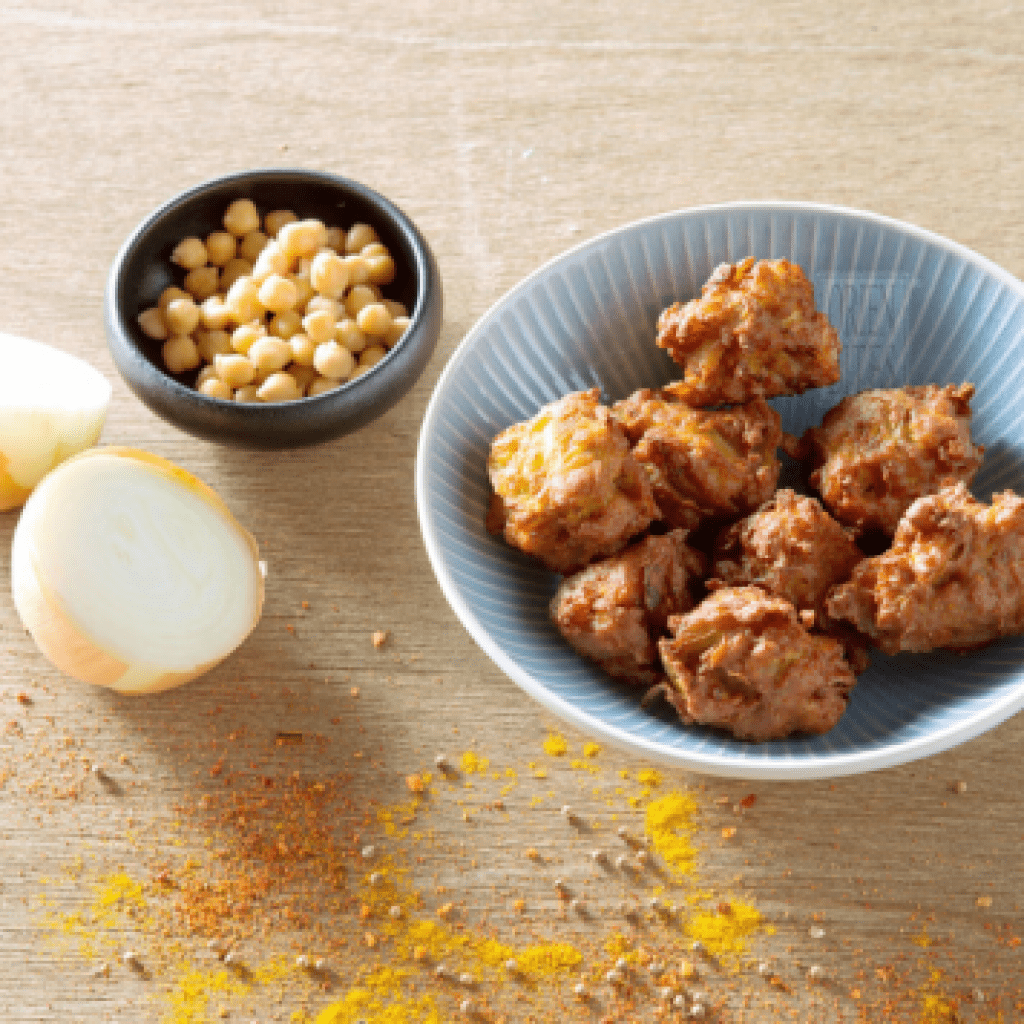
With a deep history that dates back to as early as the 34th century BC, India is home to some of the oldest cultures in the world, making the country a vibrant and diverse cultural hotspot. This immense diversity is best reflected in the country’s cuisine, which puts a special emphasis on spices and how to combine them with fresh ingredients for a delectable experience. This article will take you through the complex and diverse cuisine of India, helping you to gain a new appreciation for the country and its people.
Important Elements of Indian Cuisine
Due to India’s vast area and impressive biodiversity, Indian cuisine makes extensive use of popular crops such as wheat, corn, millet, and rice, depending on the geographical features and climates of each region. North India features rich alluvial plains thanks to the melting snow from the Himalayas, so wheat is grown and used extensively in the region. To the northwest lies the Rajasthan desert, a dry and arid area that is more suitable for crops that require less water such as millet and corn. Rice is cultivated mostly on the western coasts as well as in the northeastern regions of the country.
Despite the cultural and geographical differences between the regions, there are still common elements that make up the foundation of Indian cuisine. In all regions of India, tourists can easily find dishes made from lentils called Dal, the closest thing to a national Indian dish.
Spices are also the common thread between the regions. Spices and herbs grow abundantly in all corners of India, so the locals would have plenty to season cook with. The most common herbs used in Indian cooking are cardamom, ginger, turmeric, fenugreek, and black pepper. Other more exotic spices include cumin, saffron, and coriander. Oftentimes, Indian cooks would prepare their own spice mixes called gram masala. Their exact ingredients will depend on the region as well as the taste of the cook.
Religions, particularly Hinduism and Islam, play an important role in shaping Indian cuisine. Because of dietary restrictions set out by these religions, religious foods such as dahi, a type of dairy product, savari chevdo, and peanut soup are very popular during religious fasting periods, when they are the only food allowed to be eaten.
Popular Indian Foods
Indian cuisine is a national treasure to locals, and the world is starting to open up to the amazing possibilities that Indian foods offer. Some of the iconic Indian foods have become a staple in international restaurants.
Chicken Tikka Masala
An iconic dish that has taken the world by storm, chicken tikka masala is a staple of many Indian restaurants around the world. The main ingredient of the dish is boneless chicken marinade in a mixture of spice and yoghurt, which is then cooked and served with a creamy sauce. In spite of its Indian name and ingredients, this dish is not a part of traditional Indian cuisine but rather a later invention by ingenious Indian chefs.
Biryani
India is a major producer and consumer of rice, so the rice-based biryani is naturally one of the national favourites. Featuring rice mixed with a variety of meats or vegetables, biryani is usually eaten as the main dish of the meal, making it a staple in every Indian household. The dish is so popular that it spawns numerous biryani houses, and restaurants with an emphasis on signature biryani dishes.
Samosa
Featuring a characteristic triangular shape, samosas are among the most iconic snacks from India. A typical samosa would include a filling of choice encased inside the triangular pastry, fried until golden brown. The filling can be anything, ranging from vegetables to chicken or mutton, depending on the region or the taste of the cook. The Orienbites’ version of this iconic snack uses chicken filling with delicious time-tested masala mix for an authentic taste of India.
Onion Bhaji
India boasts an impressive street food scene with plenty of indulgent snacks, and the crispy onion bhaji is a staple snack for all regions in India. Typically, onion bhaji would include thinly sliced onions mixed with a special batter and then deep fried until golden brown. It’s a simple snack that takes just a few steps to prepare, but its taste never fails to captivate the hearts of all Indians, whether students or late-night workers. The OrienBites’ version stays faithful to the simplicity of the original snack, but it adds the extra convenience that enables everyone to enjoy its amazing taste no matter where they are.
Conclusion
Over hundreds of years, Indian cuisine has not just carved out its own unique identity but also deeply influenced the culinary culture of other peoples around the world. As Indians leave their homeland to migrate to other countries, they bring further reinventions and innovations to their culinary culture, enriching Indian cuisine even more.
With the mission of spreading our love and passion for Asian food to international customers, OrienBites offers a wide range of authentic frozen Indian snacks, made using time-tested recipes. Contact us now for more information about our range!





